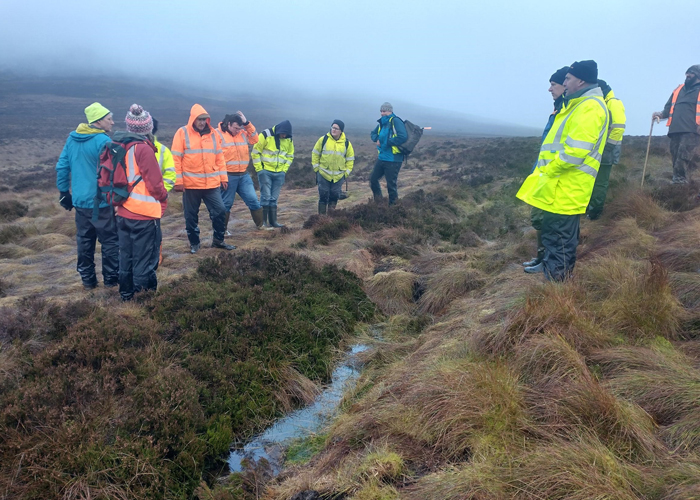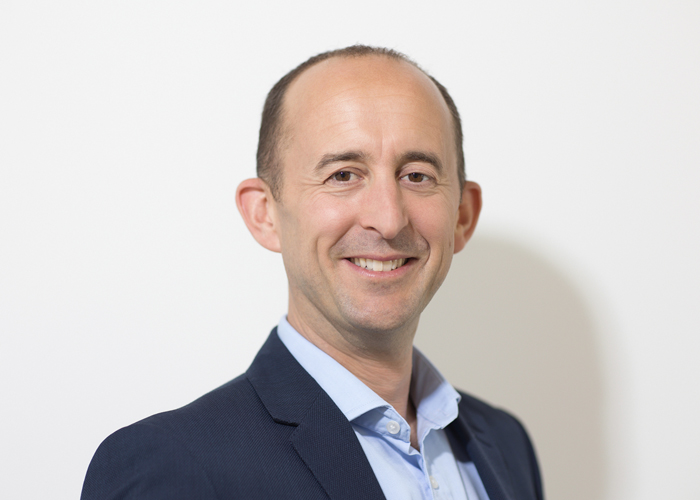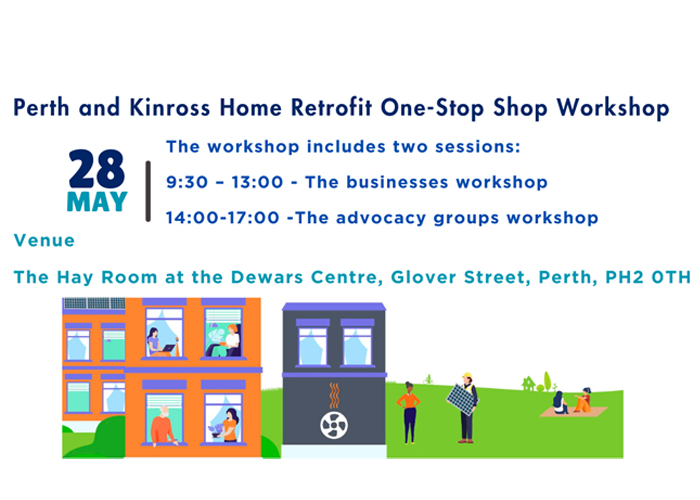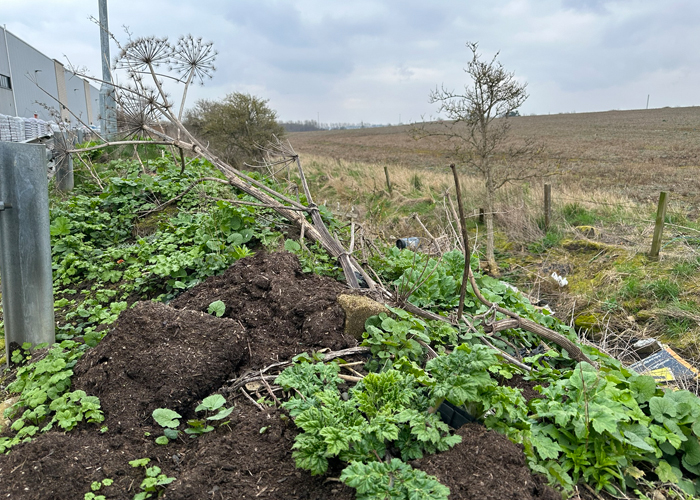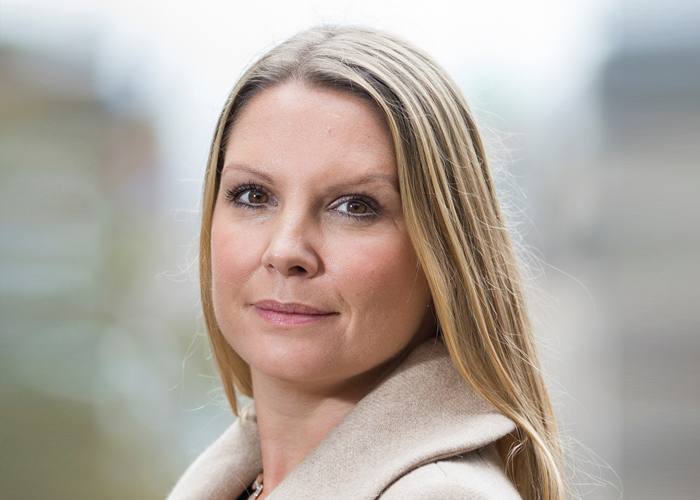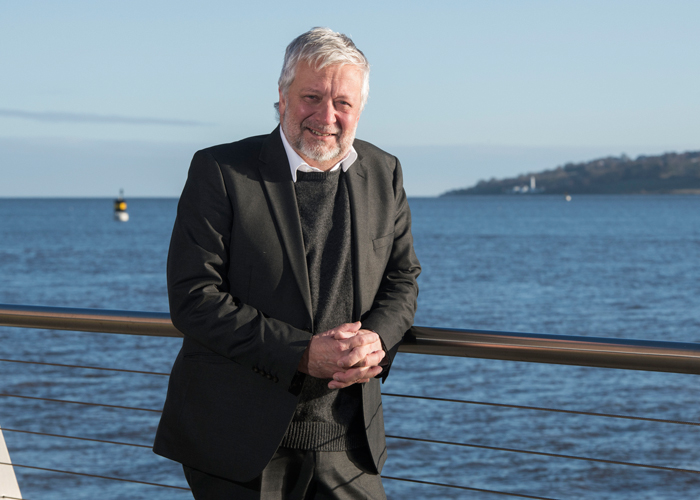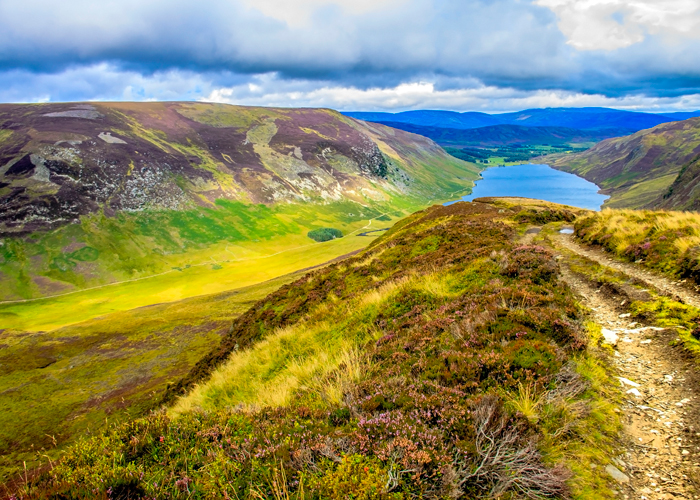PAR Equity (‘Par’), the Scottish-based forestry investment fund manager, Aviva Investors, the global asset management business of Aviva plc, and Scottish Woodlands Ltd, today announced that the first phase of peatland restoration has been completed in an ambitious natural capital scheme in the north-east of Scotland.
The Glen Dye Moor Project in Aberdeenshire plans to deliver a significant woodland creation and peatland restoration scheme that aims to capture over 1.4 million tonnes of carbon.
The first phase of restoration work comprising approximately 172 hectares(ha) of degraded peat has been completed and further phases will be undertaken to achieve the scheme’s stated aim of restoring c 1800ha of degraded peat. Bare peat restored to date comprises 1.1ha and 23,500m hags or gullies have been reprofiled. 2,800 dams and bunds have also been installed.
The Phase 1 site work is funded through the Scottish Government’s Peatland ACTION programme and the project is registered with the IUCN UK Peatland Programme’s Peatland Code.
The Phase 1 site has also been used by the project partners and partners in the Peatland ACTION Programme (NatureScot & Cairngorms National Park Authority) to host a training session for 14 contractors and machine operators interested in learning more about peatland restoration. Demonstrations of different restoration techniques included hag and gully reprofiling and the installation of peat bunds.
Scottish Woodlands, one of the UK’s leading forestry management organisations, is overseeing the delivery of the Glen Dye Moor project. It is expected to make a substantial contribution to both Scottish and UK forestry planting targets. Applications are being made to undertake extensive peatland restoration work across c.1800 hectares and new tree planting over c.3000 hectares, including up to 1,000 hectares of productive conifer and 2,000 hectares of native woodland.
Neil Crookston, Regional Director, Scottish Woodlands, said: “This is an exciting milestone to pass in the journey to make Glen Dye Moor a beacon of excellence in terms of natural capital. We have a long way to go but it is very heartening to see progress on peatland restoration happening at this early stage.
“The scheme has had tremendous support – we have a very constructive relationship with partners such as NatureScot and we look forward to making real strides in getting tree planting proposals approved as soon as possible, another key pillar in our strategy.”
Jack Pocock, of Peatland ACTION NatureScot, said: “The erosion at Glen Dye moor is very complex and severe in places, which is why halting further erosion and degradation will undoubtedly make a significant contribution to reducing carbon loss and increasing biodiversity.”
Par and Aviva Investors established an investment fund to acquire the 6,300 hectare site at Glen Dye Moor, with the project forming part of Aviva Investors’ Climate Transition Real Assets strategy and in keeping with its focus on decarbonising its real assets portfolio and ambition to achieve net zero across its Real Assets platform by 2040.
Zoe Austin, Portfolio Manager, Real Assets, at Aviva Investors, said: “We are pleased to have reached this important and successful first milestone at Glen Dye Moor, working with leading experts to ensure all work carried out is designed, implemented and managed in a way which maximises the benefits to the land and its surroundings. Our intention is for this project to be a leading example of how investors can support natural capital and carbon capture across the UK, through the restoration of natural habitats and delivery of biodiversity improvements, whilst also adding social value to the local communities they sit within.”
Tom Croy, Investment Director, Par Equity, said: “It is very encouraging to see peatland restoration work at Glen Dye well underway. The project offers a tremendous opportunity to deliver an outstanding project as part of the journey to net zero. Equally, forestry forms such an important part of the project which will make a very valuable contribution in terms of carbon capture and commercial timber.”

